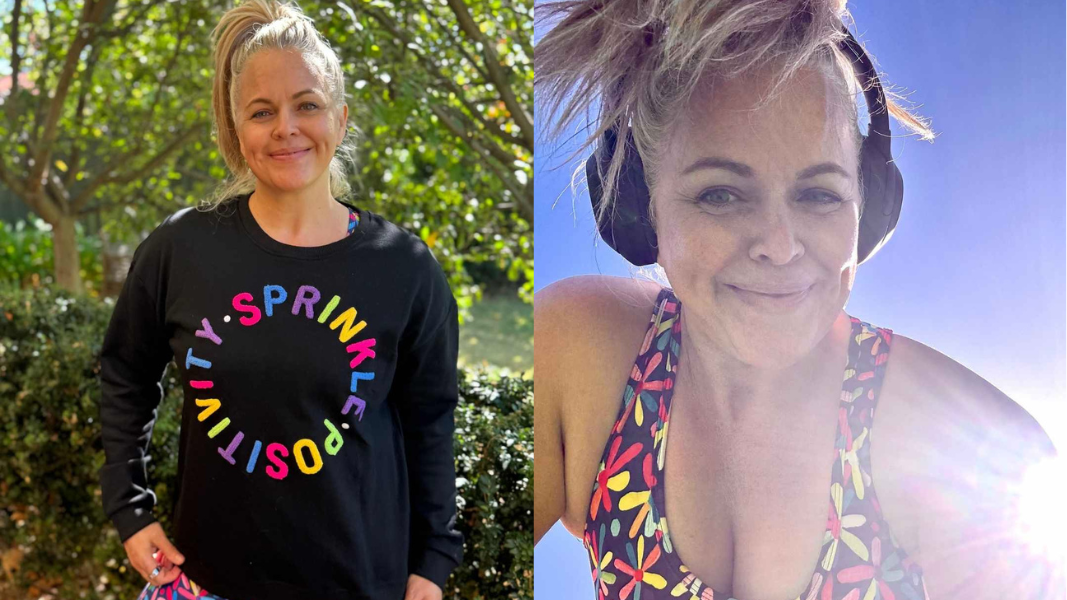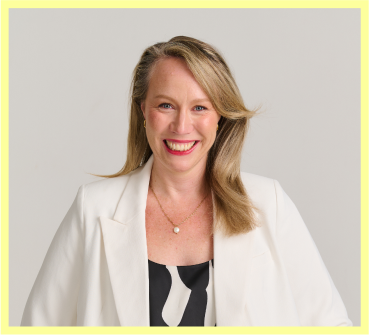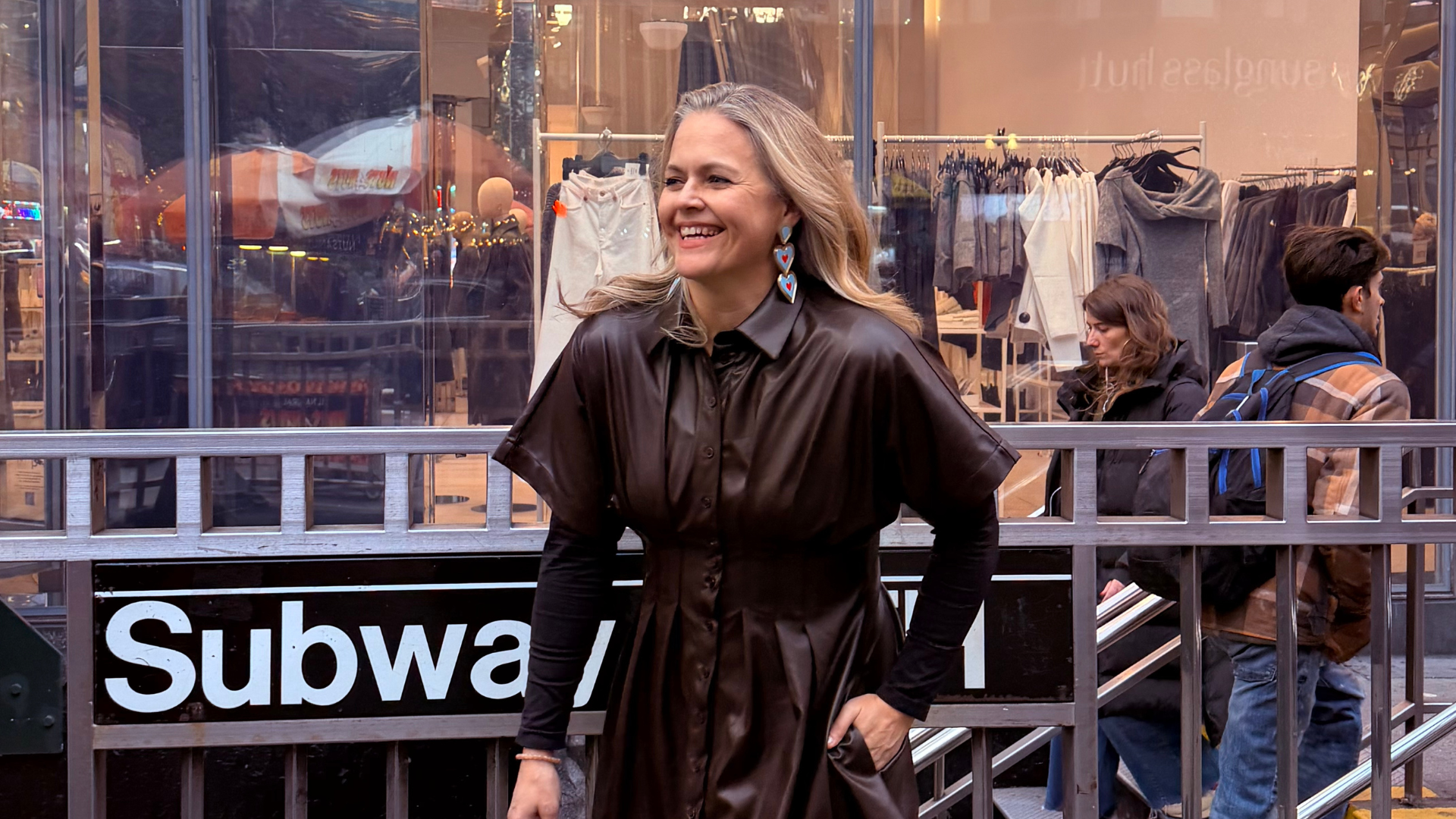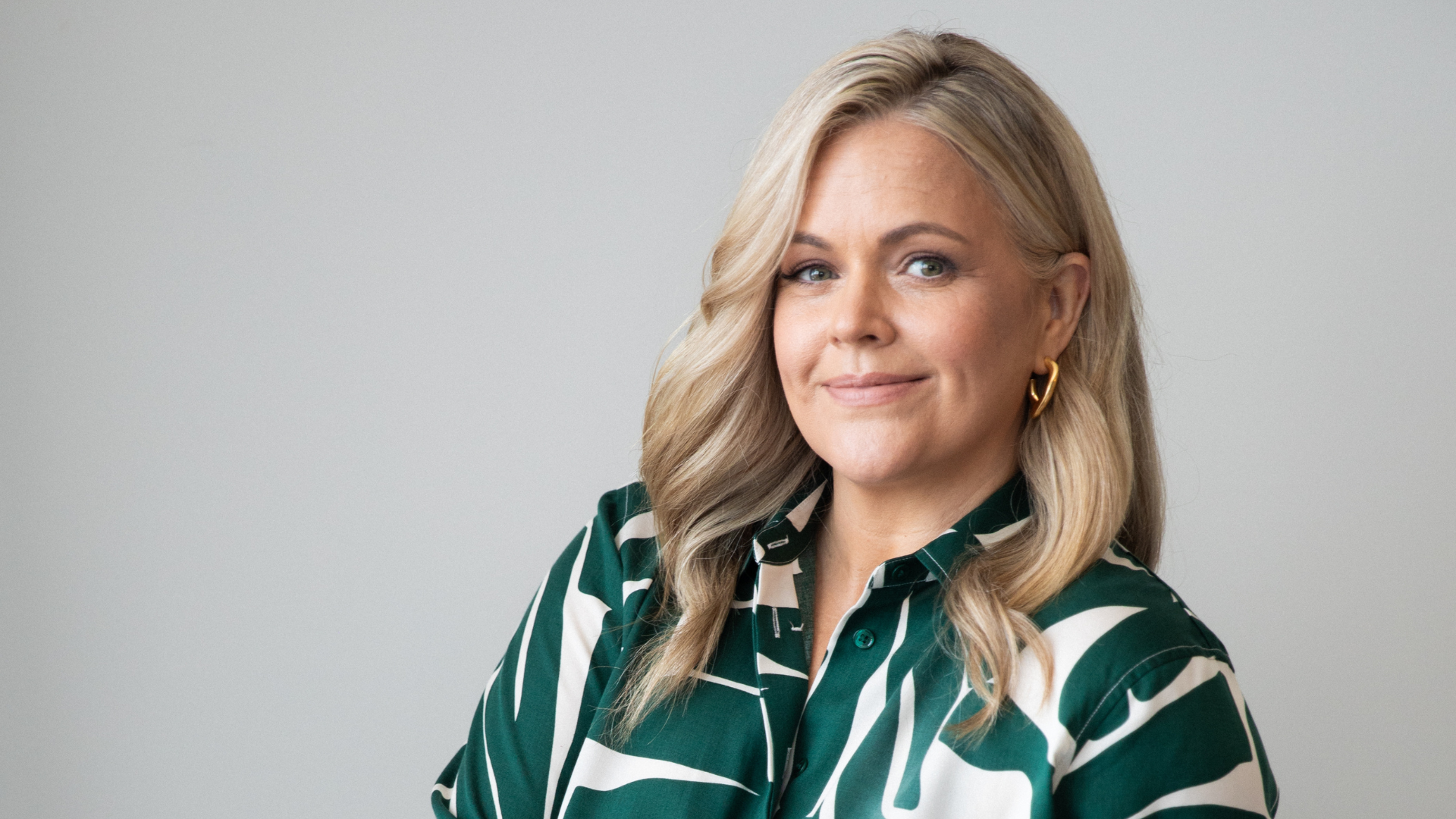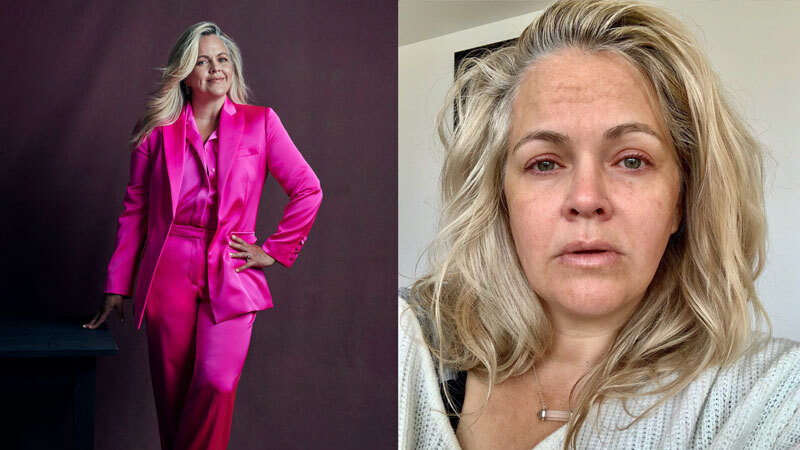No one can prepare you for what it is like to become a mother. But there’s one thing we don’t talk about enough — the fact that our bodies are meant to change over time.
During pregnancy, there were a thousand apps telling me what fruit or vegetable my baby was the size of, and some explaining the body changes that supported my little rockmelon. After birth, the medical details of postpartum bleeding, wound care, managing mastitis and staying hydrated were covered, but no one told me my body wouldn’t go back to what it was like pre-baby.
The truth is, that body was gone — and for good reason. My new body had to store enough energy to feed one (or in my case, two) tiny humans. It had a new sense of purpose — it had grown, birthed, and nourished babies. It let me soothe, cuddle, and calm them. My new body was one of the most important things they had in the whole world.
Motherhood’s physical transformation is profound. From skin stretching to sleep deprivation, hormonal shifts to posture changes, the body becomes a site of constant change and unfamiliarity. In a world that values control, “bouncing-back,” and picture-perfect Instagram aesthetics, this can be deeply unsettling.
You’re not being silly or vain — the pressure is real! And you’re not alone.
Body dissatisfaction in motherhood is common — and normal. Research shows that up to 80% of postpartum women experience some level of body image concern. It’s not just about how we look, but the disconnection that comes with rapid, unexpected changes. The postpartum body can feel foreign — what was once “home” now feels unfamiliar.
When my colleagues and I conducted a study on body image in postpartum women, we thought dissatisfaction would peak soon after birth — but surprisingly, research showed that this is when women felt most appreciation for what their body had done. It was the 6 to 9 months postpartum when dissatisfaction kicked in — when returning to work, facing colleagues who hadn’t seen you since the “cute bump” days, and trying to wear clothes that no longer fit or felt right.
Here’s what helps:
While feeling uncomfortable in your skin or disliking your body is common, it’s not good for you or your kids. Many of us know what hating our body has cost — time, energy, jobs, promotions, missed experiences and opportunities — and we don’t want this for our kids. Role modeling a positive relationship with your body, food, and movement is the best way you can help them feel confident in their appearance.
How? Here are three approaches, backed by science:
1. Be a little kinder to yourself
One of the most powerful tools in reshaping our relationship with our postpartum body (and our new identity as a mum!) is self-compassion. Dr Kristin Neff defines self-compassion as treating ourselves with the same kindness, care, and understanding we’d offer a friend. Research shows that women who practice self-compassion experience a whole range of benefits for their stress levels and mental health, and body image — particularly during the postpartum period.
Instead of beating ourselves up about having a messy house, our kind voice could say: “Of course I feel overwhelmed, I have three kids and very little support.”
Instead of berating our bodies for not “bouncing back,” our compassionate self would say: “Of course my body is different — it has done something extraordinary. As long as I am comfortable and doing my best.”
This isn’t pretending to love every stretch mark, but about giving ourselves permission to feel what we feel, realising that no one is perfect, remembering that many others have felt this way, and treating ourselves with kindness.
To get started, try listening to these self compassion meditations.
2. Reframe towards functionality
Instead of focusing on how we look, research supports focusing on appreciating what our bodies can do. Our bodies help us experience our five senses, heal when we are sick or injured, allow us to move about the world, and interact with loved ones. Next time you find yourself focusing on how a part of your body looks, try reframing your focus to appreciate what your body has done: “My body nourished a baby,” “My soft belly lets me comfort my children with the best cuddles,” “My arms let me carry my child and provide them with security.”
And then, go do the things! Wear the swimsuit, run even though everything jiggles, be in the photos. Focus on what you’re doing — not how you look.
So many of us were raised to believe that our bodies and our beauty is our currency — or that we ‘should’ look a certain way. But motherhood gives us an opportunity to rewrite that script — for ourselves and the next generation watching us.
3. All movement matters
We all know that physical activity is good for us, but for mums, it’s essential. Regular movement reduces stress, depression and anxiety symptoms, and of course, there are physical benefits as well. But when you’re a mum, it can feel like there are a thousand barriers to going to an exercise class, making it to the gym, or even going for a walk.
While leaving the house for a pilates class can feel like a luxurious vacation if you don’t have to take the kids, formal exercise classes aren’t the only option. Vacuuming, doing laundry, running errands, even walking around the supermarket are all opportunities to move — and they all count.
Research shows that short bursts of activity (or ‘exercise snacks’ or ‘microworkouts’) can be just as beneficial for cardiorespiratory fitness, blood glucose management, and vascular health. Think going up and down the stairs 3 times, or doing 10 squats while you wait for the microwave or the kettle to boil.
Your new body
There is no “bouncing back,” but there is “evolving forward”.
By taking small steps to reframe how we think and talk about our bodies and appearance, we are breaking the cycle of passing our body ‘stuff’ to our kids.
It’s not about #lovingyourbody all of the time — it’s about looking in the mirror and seeing what’s been gained. Strength. Resilience. Memories.
It means respecting her. Accepting her. Appreciating her.
And that’s not only possible — it’s transformational.
Our hot tip…
When you don’t know what to wear, throw on activewear! Stretchy, comfy pants encourage more movement throughout the day, making you more likely to do a walk-and-talk meeting, or even do squats while brushing your teeth. Bonus points if the activewear supports your core, improving posture and activation while working and moving! This month, the Body Image Movement team proudly announced Mama Movement as our newest Embrace Feel Good Fashion partner. There’s so much to love about Faye and her incredible team — starting with the fact that they create Australia’s happiest activewear: bold, high-performance pieces designed to help you feel good in your body again.
You can check out Mama Movement here!
